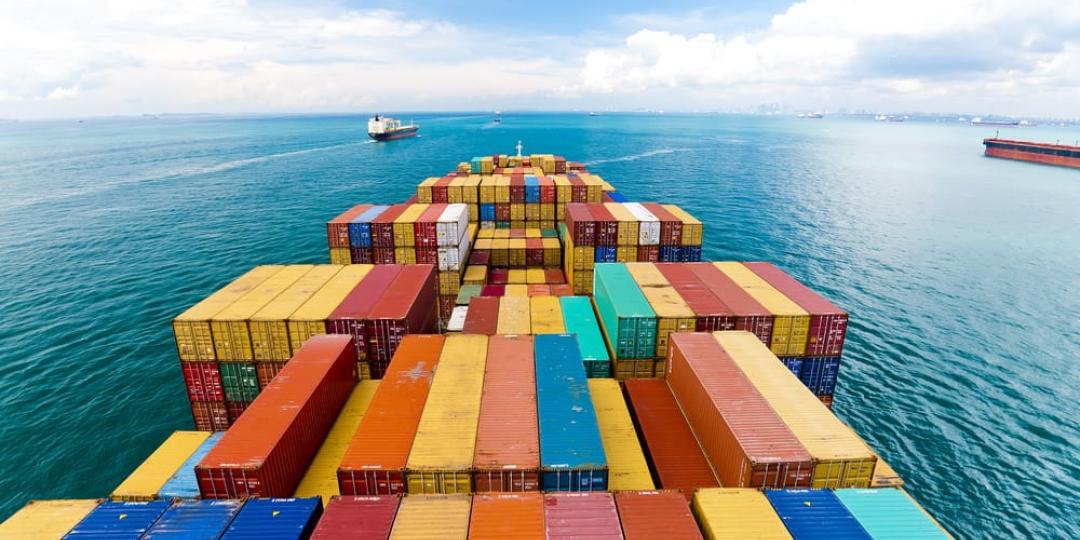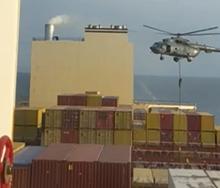The lockdowns, extreme congestion and sanctions have contributed to a disastrous start to the second quarter in ocean shipping, according to ocean freight benchmarking platform Xeneta.
In a customer webinar that examined the impact of the ongoing global disruptions on the current state of the market, the company said that initial predictions for 2022 had been eclipsed by “extraordinary” events.
“Earlier this year we said if the situation remained unchanged, no new bottleneck would turn up in the global supply chain and the situation might calm down. But as we face extraordinary events, including oil price hikes and shutdowns in China, these will cause a lot of trouble for the suppliers.”
Providing their input during the event, 75% of customers said the recent sanctions in Russia had impacted their supply chains.
And the extended lockdown in Shanghai had also left ports severely disrupted due to strengthened restrictions.
“A massive capacity shift to the US East Coast has caused major congestion in this area, which is only getting worse, with carriers continuing to add vessels and services,” Xeneta added.
The company’s experts believe the capacity demands are unlikely to ease until 2023.
“There may even be lower delivered capacity in 2022 Q2/Q3 than we saw in Q1 (which was already low at 200k TEUs).”
When asked about the possibility of better market conditions, 50% of customers attending the ‘Ocean Freight Market Pulse’ webinar said they anticipated that the market would not soften until 2023 – while 30% believed it would not soften until 2024, and 10% expected it might take even longer.
“With Covid-19, US congestion, and geopolitical instability continuing to produce more market disruptions and reshaping popular routes - shippers will need to be flexible with their allocation and networks,” Xeneta warned.













